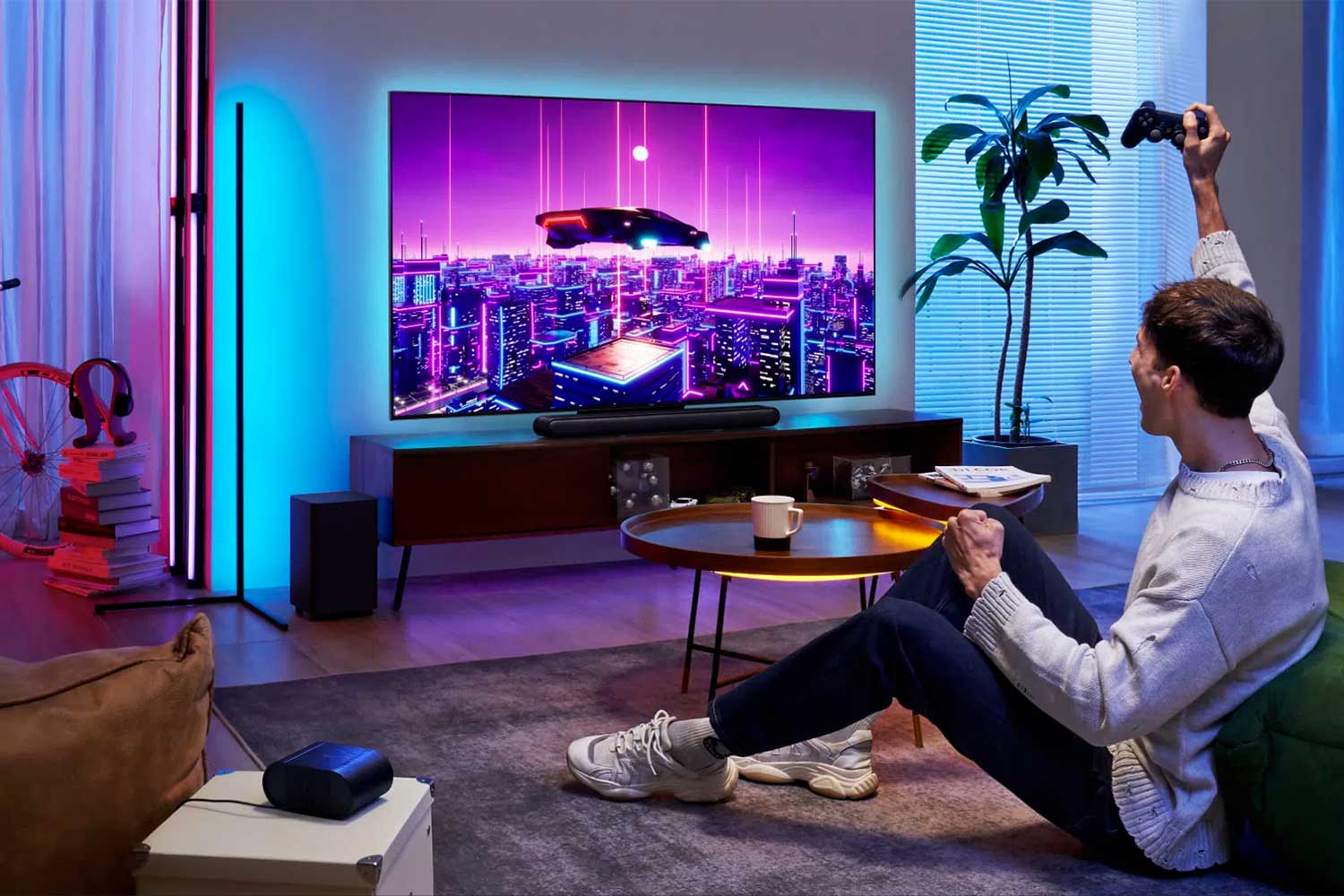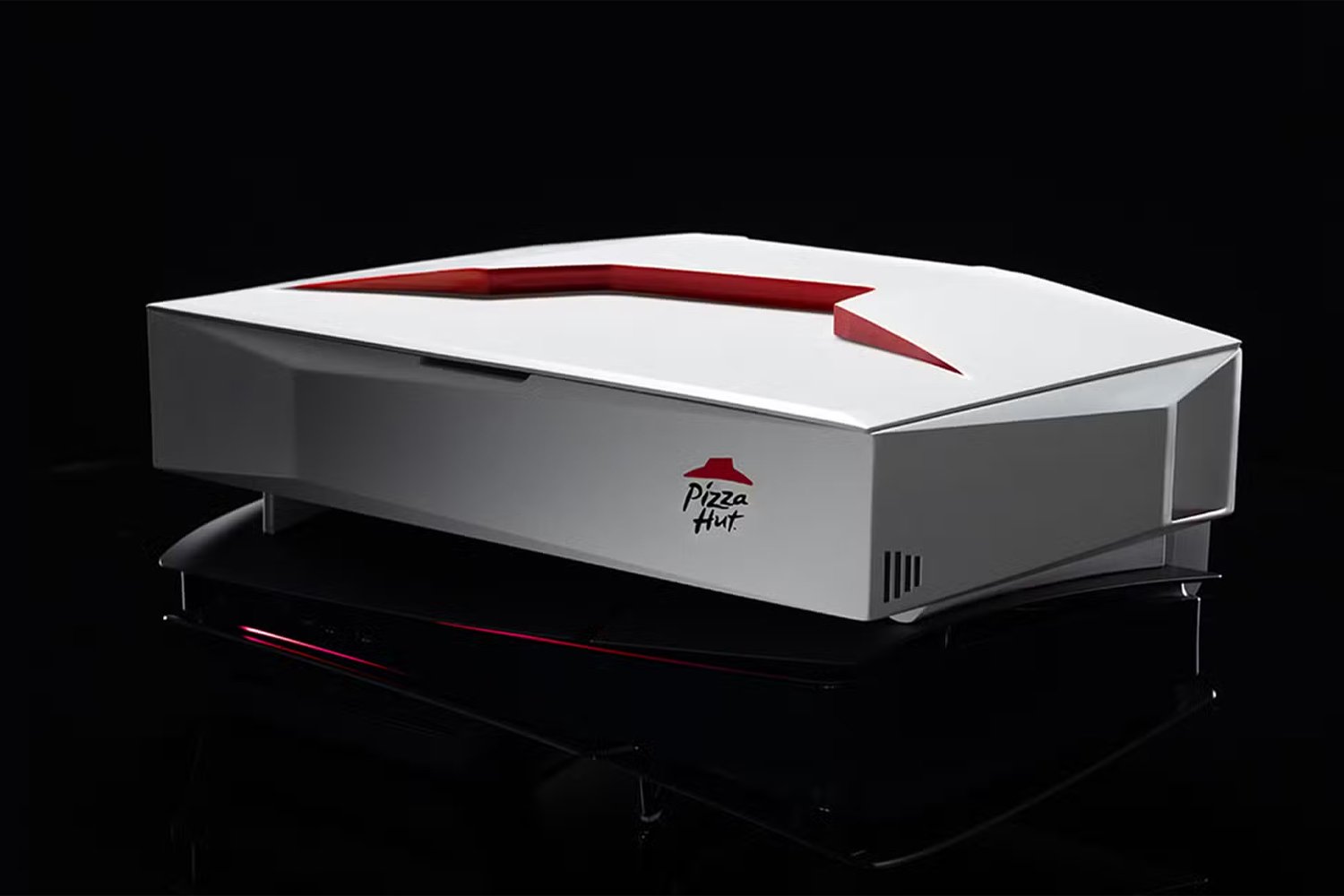“TCL QD-Mini LED is a visual masterpiece that presents astonishingly vivid visuals with lifelike colors and ultra-high contrast ratio”it is with these words that TCL praises the qualities of one of its QD-Mini LED 4K televisions. The world’s second largest television brand is now in turmoil. TCL is accused of offering QLED televisions on the market that do not have quantum dots. Serious accusations that are starting to make noise in South Korean or North American media, but much less in France. However, the accusations relate to models sold in Europe and the case is disturbing enough to be of interest.
QLED TVs without quantum dots: could TCL really have lied?
The Ars Technica site, intrigued by this astonishing story, sought to clarify the situation. Our colleague Scharon Harding relies on the revelations of the South Korean site ETNews which published an article earlier this month mentioning the tests of three TCL televisions with quantum dots. However, these models marketed under the name QD TV would not be televisions equipped with QLED technology.
A Seoul-based chemical company, Hansol Chemical, commissioned the tests from two European-based testing and certification companies: SGS in Geneva, Switzerland, and Intertek in London, England. The models tested were the C755, which TCL sells as a QD-Mini LED TV, as well as the C655 and C655 Pro (QLED). Our findings suggest that these models were intended for the European market in particular. The C755 is also known in Europe as the C805.
However, the analysis cited by ETNews claims that the three TCL TVs tested do not contain any signs of indium and cadmium. These components are essential and cannot be ruled out in the development of QLEDs (at least one of these two elements, see below). Here are the results of the Internek and SGS tests, as reported by the specialist site Display Daily:
| TEST LABORATORY | TCL MODEL | MEASURE | INDIUM | CADMIUM | LIMITE MINIMALE DETECTION DE L’INDIUM (MG/KG) |
LIMITE MINIMALE DETECTION DU CADMIUM (MG/KG) |
|---|---|---|---|---|---|---|
| Intertek | C755 | Leaf | Not detected | Not detected | 5 mg/kg | 0,5 mg/kg |
| Intertek | C655 | Diffusion plate | Not detected | Not detected | 5 mg/kg | 0,5 mg/kg |
| SGS | C655 Pro | Leaf | Not detected | Not detected | 5 mg/kg | 0,5 mg/kg |
| SGS | C655 Pro | Diffusion plate | Not detected | Not detected | 5 mg/kg | 0,5 mg/kg |
| SGS | C655 Pro | Leaf | Not detected | Not detected | 5 mg/kg | 0,5 mg/kg |
| Source : Display Daily/ETNews | ||||||
TCL defends itself, but does not carry out tests on televisions
Faced with these serious accusations, made public around the IFA 2024 in Berlin, TCL provided a response to the Korean media ETNews and Korea Times. The Chinese group retorts that it “manufactures TVs with QD films supplied by three companies” and that “The amount of quantum dots… in the film may vary depending on the supplier, but it is certain that cadmium is included.” TCL goes further by publishing test results commissioned by one of its suppliers (Guangdong Region Advanced Materials) where it appears that the films meet the requirements.
More troubling, Swiss company SGS – which previously found no quantum dots in TCL TVs – was back to test. This time, it found cadmium in the QD films at a concentration of 4 mg. However, it is worth noting that the tests were conducted on the films of the TVs rather than by disassembling actual TVs.
This difference could be explained by a difference in testing methods. However, confusion over the results may lead to some skepticism, leading TCL to question the methods and accuracy of the tests commissioned by Hansol. At the same time, one may question the relevance of the results provided by TCL commissioned by a TCL partner concerning TCL products. There remains the possibility of a problem with the panel of the tested televisions, but this would probably have an impact on the image quality of the television. For Eric Virey, screen specialist at Yole Intelligence: “That wouldn’t be very complimentary about TCL’s quality control, but it wouldn’t necessarily mean there was an intent to mislead consumers.”.
The cadmium of discord
Doubt is therefore permitted, especially since there does not seem to be a lot of feedback (and even less testing) on the televisions in question. Finally, and as we mentioned previously, the use of indium and in particular cadmium in this type of screen raises questions. It is not necessary to use both components and TCL only mentions the use of cadmium in its QLED and Mini LED televisions. Eric Virey’s insight for Ars Technica allows us to learn that some quantum dot screens are “purely based on quantum dots”while others “are a mixture of quantum dots (indium and/or cadmium) and phosphors, which are an entirely different class of materials, but used for the same purpose of converting blue light from LEDs to red and green”.
In the case of a television combining quantum dots and phosphorus, the specialist specifies that the “the amount of quantum dots can indeed be much lower (less than 1/10th)”. So much so that it wouldn’t show up in the tests commissioned by Hansol, whose minimum standards for detecting cadmium were 0.5 mg/kg. TCL is likely to opt for this design in its entry-level QLED TVs, adds Eric Virey.
Hansol, a company very close to Samsung
Last important point to know, the analysis that is shaking up TCL today was commissioned by a South Korean company called Hansol. It has no connection with TCL, but it is however very close to another South Korean company which is none other than Samsung. By cross-referencing the information from Ars Technia and our own research, we see that Hansol’s headquarters is in Seoul and that it is considered a chaebol. In Korea, the chaebol can be groups of companies that maintain cross-shareholdings between them. If we are to believe the Wikipedia page of the Hansol group, the company was even part of the Samsung group and remains today very close to the South Korean giant of smartphones… and televisions.
Samsung has been the world’s number one TV maker for 18 years, just ahead of TCL and Hisense*. A situation that raises questions about Hansol’s motivation and the company’s bias. It is also difficult to imagine a large company like TCL, which aims to become the world’s number one, lying about such a subject. No doubt that future tests will shed light on this strange affair.
*As AVcesar points out, TCL and Hisense are very close to each other. TCL claims to be the number 2 brand in the world while Hisense insists on being the number 2 company.
🟣 To not miss any news on the WorldOfSoftware, , .






